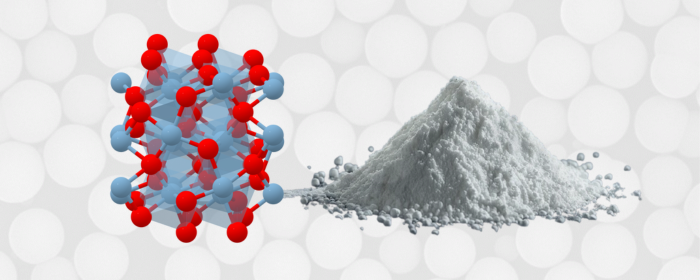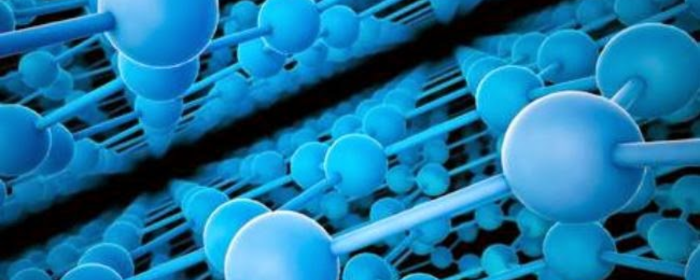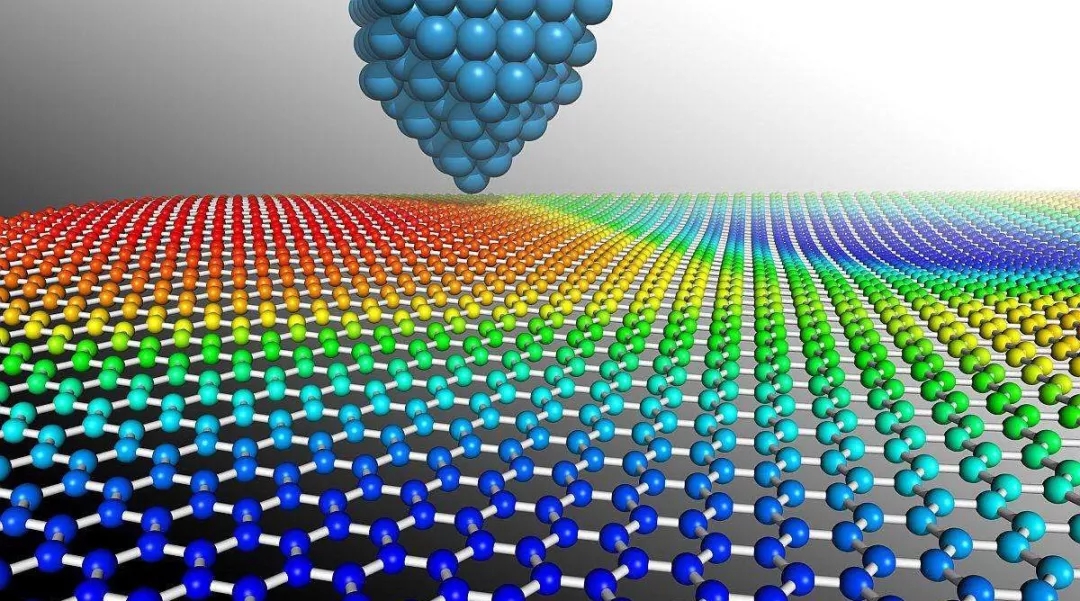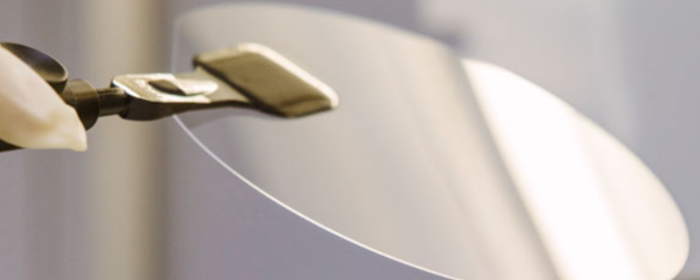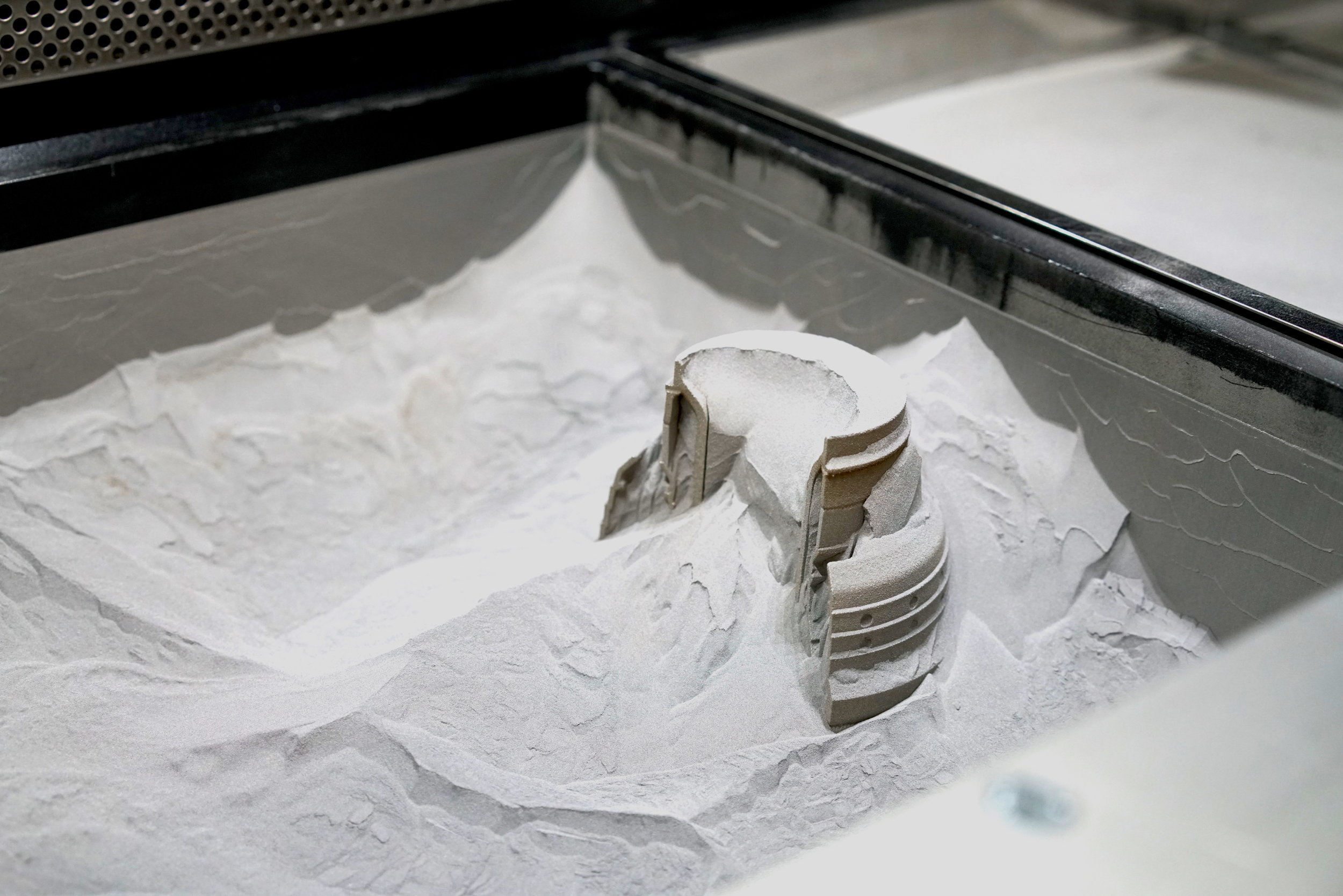

Copper, as a vital metal resource, plays an indispensable role in industrial production. Micro-nano copper powder, with its larger specific surface area and higher reactivity, not only excels in traditional applications but also demonstrates immense potential in emerging fields.
Currently, common preparation methods include physical, chemical, and biological approaches, each with its own advantages and limitations, catering to different application needs.
Physical methods primarily refine copper materials into micro or nano scales through mechanical or physical means. Common techniques include ball milling, vapor deposition, and laser ablation.

Fig 1. PVD process flow diagram
Chemical methods are the mainstream for preparing micro-nano copper powder, primarily involving the reduction of copper ions through chemical reactions. Common techniques include liquid-phase reduction, microemulsion, and electrochemical methods.
Biological methods, an emerging green approach, utilize microorganisms or plant extracts to reduce copper ions into nano-copper particles. While environmentally friendly and energy-efficient, these methods have low yields and are challenging to control, remaining largely in the experimental stage.
Micro-nano copper powder exhibits significant potential across various fields due to its excellent conductivity, thermal properties, catalytic activity, and antibacterial performance.
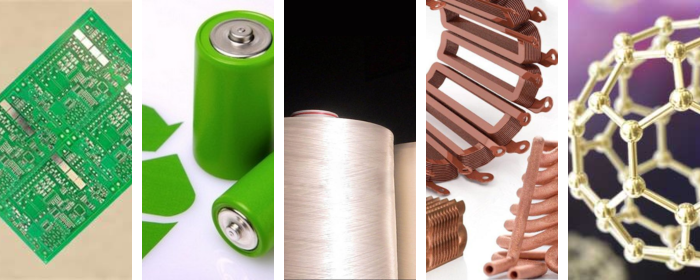
Nano-copper powder, with its small size effect and low-temperature sintering properties, holds great promise for electronic pastes. It is used in packaging interconnects and printed electronics. Additionally, due to copper's excellent conductivity and low cost, ultra-fine copper powder (1–3 μm and submicron) can replace precious metals as internal and terminal electrode materials in multilayer ceramic capacitors (MLCCs), effectively reducing costs.
In the energy sector, micro-nano copper powder plays a crucial role in energy storage and conversion. In lithium-ion batteries, it serves as a conductive additive for anode materials, enhancing charge-discharge performance. In solar cells, it is used to fabricate efficient electrode materials, improving photoelectric conversion efficiency.
Nano-copper powder exhibits unique physicochemical properties of transition metals, including high selectivity, strong adsorption capacity, and surface activity, making it an excellent catalyst. In organic synthesis, it is used for hydrogenation, oxidation, and coupling reactions. In environmental applications, it degrades organic pollutants such as dyes and pesticides.
Micro-nano copper powder possesses broad-spectrum antibacterial properties, making it suitable for antibacterial materials. In medical devices, it is used to create antibacterial coatings, reducing infection risks. In textiles, it is incorporated into antibacterial fibers for medical textiles and everyday clothing.
In 3D printing and additive manufacturing, micro-nano copper powder is a key material for producing complex metal parts. In aerospace, it is used to print lightweight, high-strength components. In mold manufacturing, it enables rapid prototyping, shortening production cycles.
Despite its broad application prospects, the preparation of micro-nano copper powder faces several challenges. Achieving high purity, uniform particle size, and low-cost production remains a research focus. Additionally, ensuring consistency and stability in large-scale production is a pressing issue. Furthermore, environmentally friendly preparation processes need further development to meet sustainability requirements.
Looking ahead, advancements in nanotechnology and materials science will lead to more diverse and efficient preparation methods for micro-nano copper powder. Its applications will continue to expand, driving technological upgrades and innovative development in related industries.
Stanford Advanced Materials (SAM) supplies high-grade copper powder, ideal for applications in electronics, 3D printing, and metal coatings. Renowned for its exceptional performance and reliability, SAM’s copper powder is a vital component in numerous advanced industrial and technological sectors.
The Product List:
|
Type |
Purity |
Shape |
Particle Size |
|
Copper Powder |
99.90% |
Spherical |
50nm,300nm,1um or customized |
|
99.90% |
Nearly spherical |
1000μm |
|
|
99.90% |
Nearly spherical |
80nm |
|
|
Electrolytic Copper Powder |
99.90% |
1-5μm; 6-12μm; 12-15μm; customized |
|
|
Copper Powder for Diamond Tools |
99.50% |
Non-Spherical |
75μm; 53μm; 45μm; customizable |
|
Copper Powder for Thermal Spraying |
99-99.95% |
Spherical |
-75 +31 µm; -90 +38 µm |
|
Copper Chromium Nanopowder |
99.90% |
40-80nm |
|
|
Copper Zinc Alloy Powder |
>99.5 % |
60 nm |
|
|
Copper Tungsten Alloy Powder |
>99.6 % |
-80+200 mesh |
|
|
Copper Nickel Alloy Powder |
>99.7% |
Spherical |
55nm |
|
Holmium Copper Alloy Powder |
99.0%-99.98% |
Non-Spherical |
-100-325 mesh |
|
Copper Zirconium Powder |
99.90% |
Non-Spherical |
<40μm |
|
Silver Copper Alloy Nanopowder |
99.99% |
Non-Spherical |
20nm, 50nm, 80-100nm, etc |
Q: What are the unique physical and chemical properties of micro-nano copper powder?
A: It possesses a high specific surface area, excellent electrical and thermal conductivity, good catalytic activity, and high reactivity.
Q: How pure is the micro-nano copper powder?
A: Our products are highly pure, typically exceeding 99.9%. Specific purity levels can be customized according to customer requirements, and corresponding quality inspection reports are provided to ensure product quality.
Q: What are the specific applications of micro-nano copper powder in the electronics industry?
A: In the electronics industry, it is primarily used for manufacturing high-performance conductive inks, inkjet printing, electronic packaging materials, and conductive adhesives.

